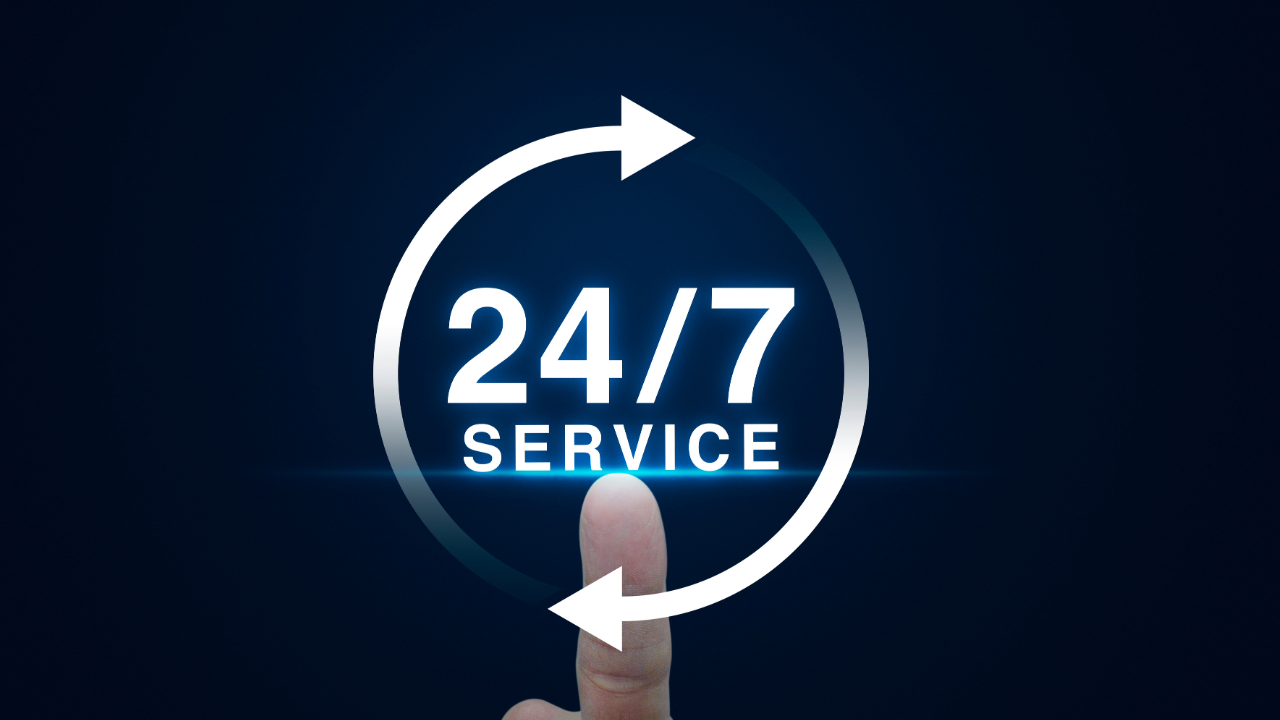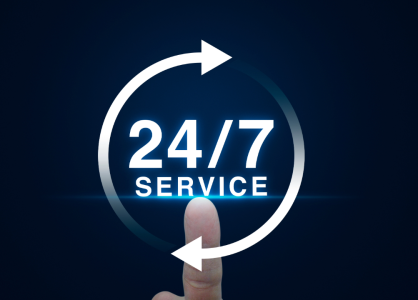When most people think of governance, they picture annual reports, board meetings, or compliance audits. But true governance isn’t a snapshot in time — it’s an unbroken process. Oversight doesn’t end once a contract is signed, an employee is hired, or a partnership begins. In fact, that’s only the starting line.
In 2025 and beyond, organizations that thrive will be those that understand governance is continuous — a cycle that spans onboarding, active management, and eventual exits. This approach, known as lifecycle governance, ensures that organizations remain not just compliant, but also resilient, trusted, and future-ready.
The Economist highlights that resilience is the hallmark of strong organizations, and resilience is impossible without ongoing oversight. Similarly, Bloomberg points to governance and risk management as critical drivers of business survival in an unpredictable environment.
Lifecycle governance is no longer optional — it’s the foundation of sustainable success.
What Is Lifecycle Governance?
Lifecycle governance is the continuous oversight of every stakeholder relationship across its entire lifespan:
- Onboarding: Due diligence, compliance checks, contract validation, and risk assessments before relationships begin.
- Active Oversight: Monitoring performance, tracking obligations, and aligning with evolving regulations and ESG commitments.
- Exit/Offboarding: Ensuring responsibilities are closed properly, obligations are fulfilled, and data/records are securely archived.
Unlike traditional governance, which often reacts to problems after they occur, lifecycle governance is proactive, reducing blind spots and strengthening accountability at every stage.
Why Oversight Never Sleeps
- Risks Evolve
A vendor compliant today may not be compliant tomorrow. Governance must adapt dynamically as circumstances change.
- Trust Must Be Maintained
Stakeholders, clients, and regulators expect transparency not once, but always. Trust is built through continuous oversight.
- Compliance Is a Moving Target
Regulatory landscapes shift constantly — from GDPR and ESG reporting to new AI regulations. Lifecycle governance ensures organizations keep pace.
- Resilience Comes From Continuity
Companies that integrate governance into every phase are not just protected — they’re prepared. They can recover faster from disruptions and turn oversight into a competitive advantage.
Lifecycle Governance in Practice
- In Financial Services: Banks track client onboarding, ongoing anti-money laundering (AML) checks, and offboarding with equal rigor.
- In Technology: Software firms oversee data handling from customer signup to account closure, ensuring compliance with privacy laws.
- In Multinationals: Global corporations manage thousands of vendor relationships, requiring oversight at every touchpoint to avoid reputational or financial risks.
These examples highlight one truth: governance doesn’t clock out.
Governancepedia: Your Knowledge Hub for Lifecycle Oversight
At Governancepedia, we provide the tools and insights organizations need to understand and implement lifecycle governance frameworks.
- 📚 Knowledge Access: Articles, case studies, and resources covering onboarding, active oversight, and exits.
- 🌐 Global Perspective: Updates on governance and risk trends across industries and borders.
- 🤝 Practical Guidance: Best practices that organizations can adapt to make governance not just a duty, but a driver of resilience and trust.
Governancepedia empowers businesses, boards, and professionals to see oversight as a living, breathing process — one that protects value while enabling growth.
Conclusion
Governance is not a task to complete, but a cycle to maintain. From onboarding to exit, oversight never sleeps. Companies that adopt lifecycle governance frameworks are better positioned to navigate risks, maintain trust, and thrive in an unpredictable world.
👉 At Governancepedia, we make these frameworks accessible and actionable — supporting organizations at every stage of oversight.
Because when governance is continuous, resilience is permanent.

